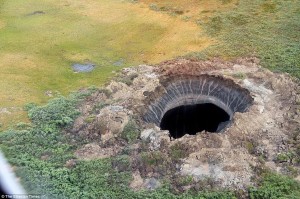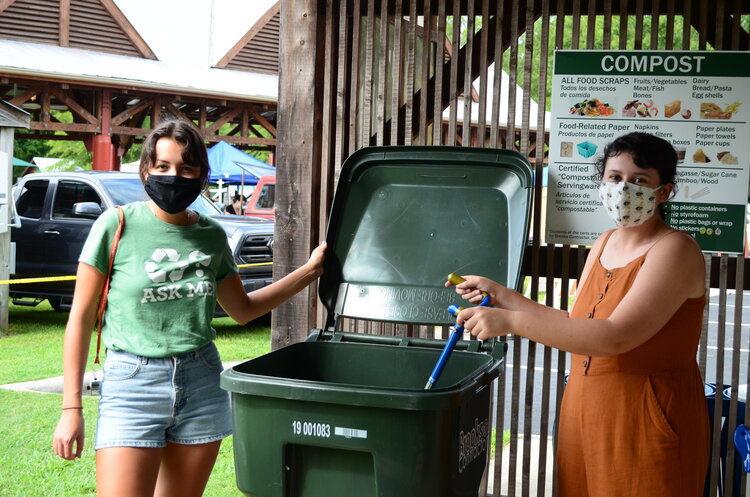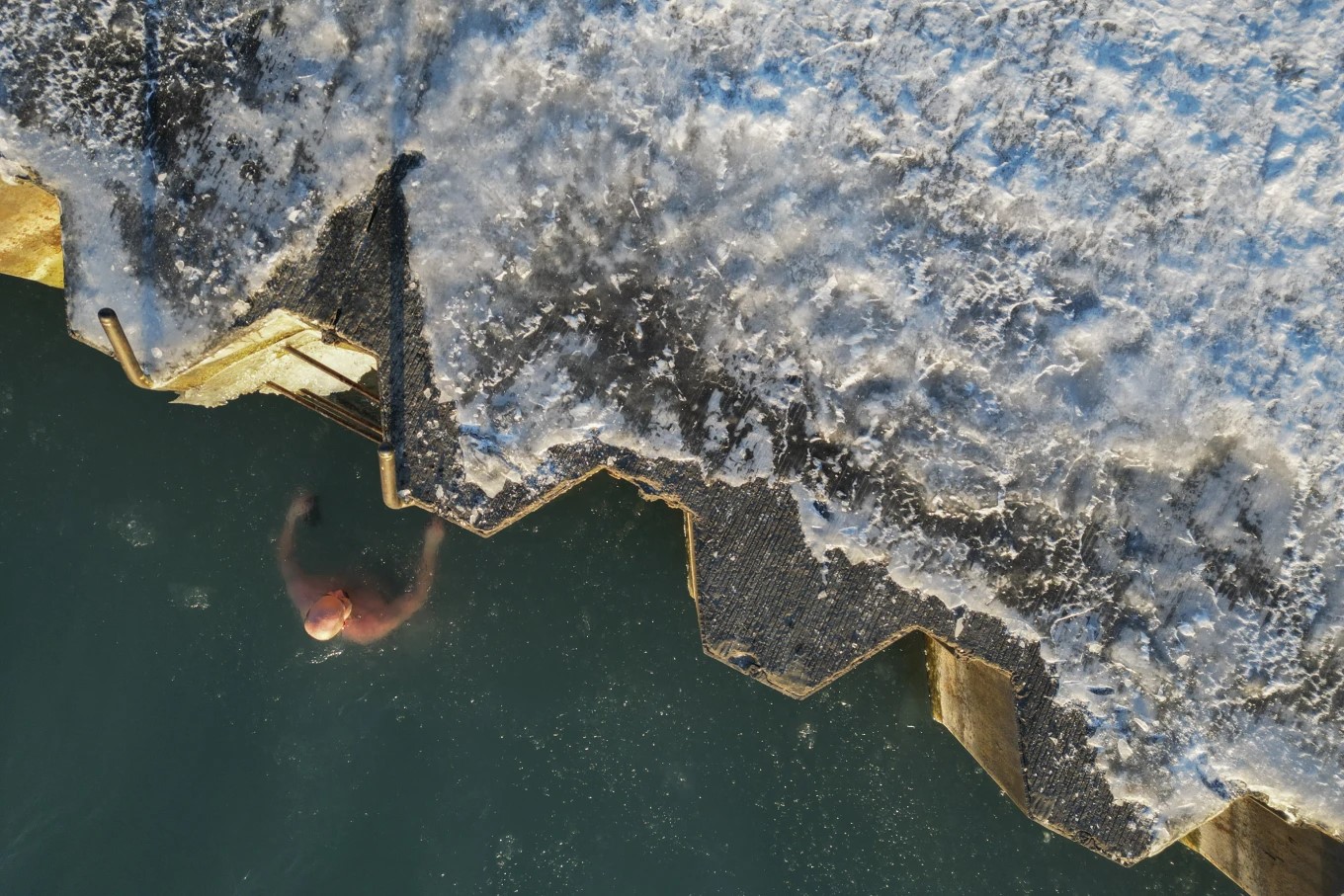I am traveling this week, so this column has been written in a series of hotels and airplanes. As such, this week’s Common Science® is a bit less quantitative than usual. (Perhaps for some this will be a relief?)
If you’ve been following along with me for a while, you will have read quite a few columns on global warming and climate change with the view that significant problems will be visited upon us sooner than is commonly predicted, leaving me open to criticism to being alarmist. It is with my potentially alarmist lenses that I have been following a series of events and trends in the Arctic that I find to be both troubling and consistent with my concerns.
As you may know, the world is about 1 ºC warmer now than it was when the Industrial Revolution started in 1850. One degree may not sound like much, but the difference between the temperate climate of 1850 and the most recent ice age 15,000 years ago during which most of the Northern Hemisphere was covered in massive glaciers was only 4 °C. So 1 ºC really is sort of a big deal, and most climate scientists suggest that we will have added another degree by the end of this century.
The warming of the Earth has not been uniform, with the temperatures increasing to a greater degree in the far north and far south portions of the planet. This extra warming of the Arctic and Antarctic regions of the Earth is of great concern, since these regions of the world are home to many of the potentially self-reinforcing feedback loops which could accelerate global warming. Below are two examples.
- Loss of Ice
Since ice is white, it reflects sunlight without absorbing much of its energy. As the Arctic has warmed, the area covered by sea ice has been reduced. Therefore, as time passes, more energy from the sun is absorbed since, rather than striking ice it strikes darker colored objects such as rocks, soil, or water which are efficient absorbers of energy. The increased absorption of energy from sunlight then causes more ice to melt, and so on. The extent of sea ice in the Arctic has been dropping steadily since the 1970s.
- Methane Emissions
Methane is a much stronger green house gas than carbon dioxide, and there is a staggering amount of it currently sequestered in the Arctic, both within permafrost in the soil and as methane-water ice, known as methane hydrate, on the seafloor. (I wrote a previous two part series on methane hydrate (Part I, Part II) if you would like more details.) As the Arctic warms, methane is liberated from both of these reservoirs into the atmosphere, which warms the Arctic even more and releases more methane, and so on. Recent measurements in the Arctic show rapidly increasing rates of methane emissions. In fact, an internet search will yield a number of videos of methane bubbling out of the Arctic Sea.
As the Arctic warming continues, bad things are starting to happen.
- Canada, Norway, Sweden, Finland, and Siberia are home to the largest forest you almost never hear of, the boreal forest. It contains approximately 30% of the worlds trees, making it a significant carbon reservoir, is home to several incredibly impressive caribou migrations, and it is in trouble. The warmer temperatures are allowing populations of beetles to move northward and kill trees that are completely unprepared for the onslaught. In addition, the warmer, drier environment is allowing forest fires in the boreal zone, typically ignited by lightning, to burn at a rate and extent not seen in at least the last 15,000 years.
- So far in 2014, the summer in Siberia has been 3.5 °C warmer than usual. Over the past several months, several large holes, 10-50 feet in diameter have been found in Siberia (see picture at the top of the column.) While investigations of the cause are ongoing, a consensus is developing around the theory that the warming ground resulted in the formation of underground methane bubbles which, after building sufficient pressure, caused a blow out. It’s an odd thing to think about. This phenomenon is an ominous reminder that changes in nature need not be gradual and give us time to react, but can be swift and dramatic.
Now I’ll move on to some philosophical introspection, which perhaps has been influenced by travel fatigue. The reactions that one has to events such as burning Arctic forests and mysterious methane blowout holes are, I believe, strongly influenced by one’s underlying opinion on the state of the world. Many people are untroubled when confronted with phenomena such as those that I have described above. In my experience, these untroubled people fall into one of three categories: disinterested people who would not read a column such as this, those whose faith leads them to the conclusion that humans have no influence on these types of things, and people who assume that human ingenuity will rise up to solve any problem.
Those who are troubled by such events, people like me, have a different view of the robustness of human civilization, as well as a fundamentally different relationship to time. I see a world in which the hubristic assumption has been made that the favorable and consistent environmental conditions of the last 15,000 years will go on forever and can support an ever increasing human population. With these assumptions in hand, we’ve not focused on being good shepherds of our key life support systems, our soils, air, and oceans, leaving us more vulnerable to disruptions than we should be.
It has also become increasingly clear to me that my sense of time puts me in the minority. If I see a trend that shows that we are going to have a problem in ten to twenty years, I feel a sense of urgency and am motivated to action. This turns out not to be common.
The flight attendant says I need to turn my laptop off now. I’ll be monitoring the developments in the Arctic and will update you as things unfold.
Have a comment or question? Use the interface below or send me an email to commonscience@chapelboro.com. Think that this column includes important points that others should consider? Send out a link on Facebook or Twitter.






Comments on Chapelboro are moderated according to our Community Guidelines